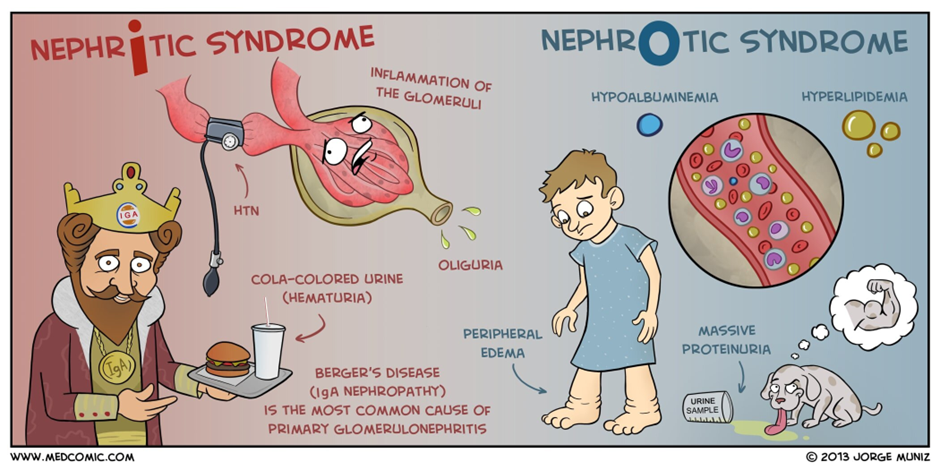A nurse is collecting data on a client. Which of the following findings increase the client's risk of a pressure injury?
BMI of 20
Peripheral neuropathy
Immobility
Hypoperfusion
Prealbumin level of 16 mg/dL
Correct Answer : B,C,D,E
A. BMI of 20:
A BMI of 20 is within the normal range. While extremes of BMI, either low or high, can contribute to health issues, a BMI of 20 alone may not significantly increase the risk of pressure injuries.
B. Peripheral neuropathy:
Peripheral neuropathy, which involves damage to the nerves in the extremities, can lead to decreased sensation and awareness. Clients with peripheral neuropathy may have difficulty sensing pressure, friction, or discomfort, making them more susceptible to pressure injuries.
C. Immobility:
Immobility is a significant risk factor for pressure injuries. Clients who are unable to change positions frequently are more likely to develop pressure points, particularly over bony prominences. Regular repositioning is essential to prevent pressure injuries in immobile individuals.
D. Hypoperfusion:
Hypoperfusion, or inadequate blood flow to tissues, can compromise tissue viability. Proper blood circulation is crucial for delivering oxygen and nutrients to the skin and underlying tissues. Impaired perfusion can contribute to tissue damage and increase the risk of pressure injuries.
E. Prealbumin level of 16 mg/dL:
Prealbumin is a marker of nutritional status. A low prealbumin level (16 mg/dL) indicates malnutrition, which can impair the body's ability to repair and maintain tissues, including the skin. Malnourished individuals are at an increased risk of developing pressure injuries.
Nursing Test Bank
Naxlex Comprehensive Predictor Exams
Related Questions
Correct Answer is B
Explanation
A. BUN (Blood Urea Nitrogen):
Explanation: BUN is a measure of kidney function and hydration status. It is not typically elevated in response to a localized infection like a pressure ulcer.
B. WBC count (White Blood Cell count):
Explanation: An elevation in the WBC count is a common indicator of infection. Increased white blood cells suggest the body's immune response to an infection.
C. Potassium:
Explanation: Potassium levels are not typically used to indicate the presence of infection. Elevated potassium may be seen in conditions affecting kidney function.
D. RBC count (Red Blood Cell count):
Explanation: The RBC count is not a specific marker for infection. It is more related to issues such as anemia or oxygen-carrying capacity.
Correct Answer is A
Explanation
A. Proteinuria:
Minimal change nephrotic syndrome is characterized by increased permeability of the glomerular filtration barrier, leading to proteinuria. The loss of proteins, especially albumin, in the urine is a key feature.
B. Hypocalcemia:
Hypocalcemia is not typically associated with MCNS. In fact, the loss of proteins, including albumin, in the urine can lead to decreased oncotic pressure in the blood vessels, resulting in edema. However, calcium levels are usually within the normal range.
C. Hyperalbuminemia:
This is not a characteristic finding in minimal change nephrotic syndrome. In fact, the condition is associated with hypoalbuminemia due to the loss of albumin in the urine.
D. Positive for Ketones:
Ketones are not typically associated with minimal change nephrotic syndrome. Ketones in the urine are more commonly associated with conditions like diabetic ketoacidosis or starvation.

Whether you are a student looking to ace your exams or a practicing nurse seeking to enhance your expertise , our nursing education contents will empower you with the confidence and competence to make a difference in the lives of patients and become a respected leader in the healthcare field.
Visit Naxlex, invest in your future and unlock endless possibilities with our unparalleled nursing education contents today
Report Wrong Answer on the Current Question
Do you disagree with the answer? If yes, what is your expected answer? Explain.
Kindly be descriptive with the issue you are facing.
